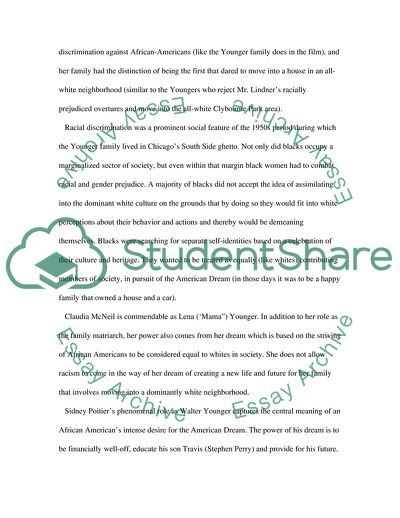Cite this document
(Lorraine Hansberry A Raisin in the Sun (video) Movie Review, n.d.)
Lorraine Hansberry A Raisin in the Sun (video) Movie Review. Retrieved from https://studentshare.org/visual-arts-film-studies/1705035-lorraine-hansberry-a-raisin-in-the-sun-video
Lorraine Hansberry A Raisin in the Sun (video) Movie Review. Retrieved from https://studentshare.org/visual-arts-film-studies/1705035-lorraine-hansberry-a-raisin-in-the-sun-video
(Lorraine Hansberry A Raisin in the Sun (video) Movie Review)
Lorraine Hansberry A Raisin in the Sun (video) Movie Review. https://studentshare.org/visual-arts-film-studies/1705035-lorraine-hansberry-a-raisin-in-the-sun-video.
Lorraine Hansberry A Raisin in the Sun (video) Movie Review. https://studentshare.org/visual-arts-film-studies/1705035-lorraine-hansberry-a-raisin-in-the-sun-video.
“Lorraine Hansberry A Raisin in the Sun (video) Movie Review”. https://studentshare.org/visual-arts-film-studies/1705035-lorraine-hansberry-a-raisin-in-the-sun-video.


